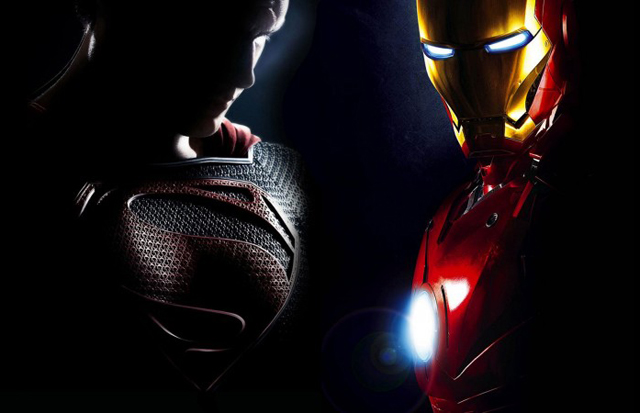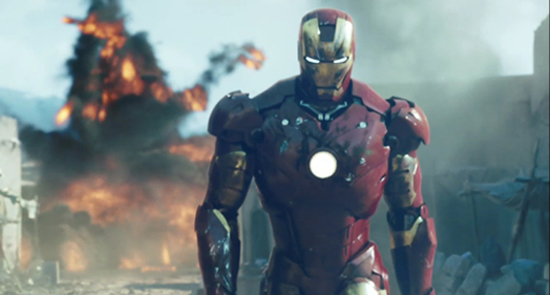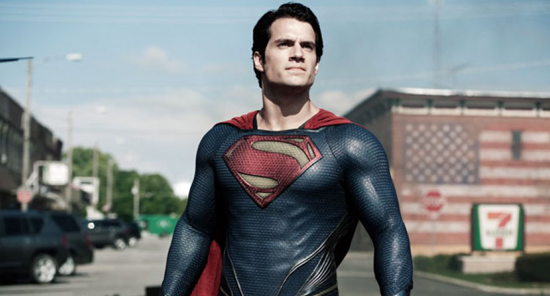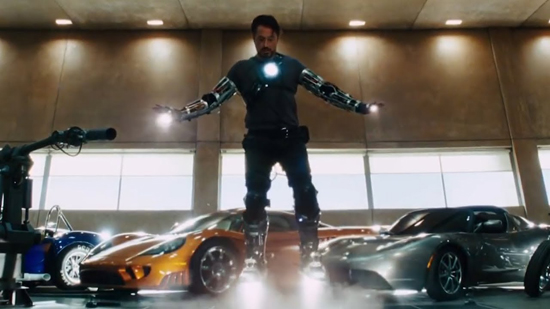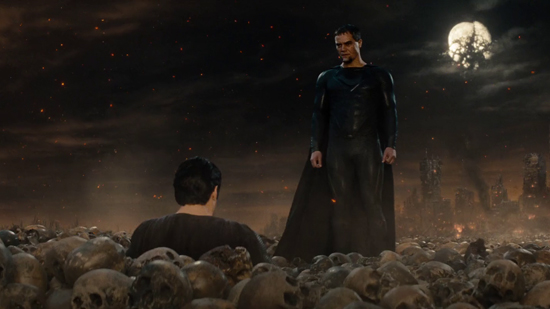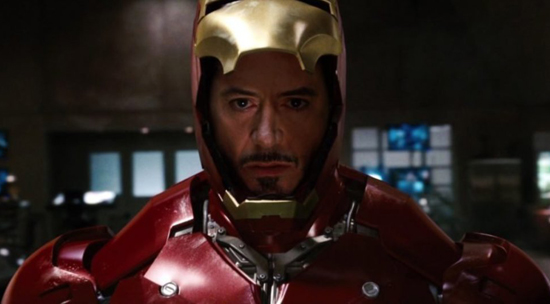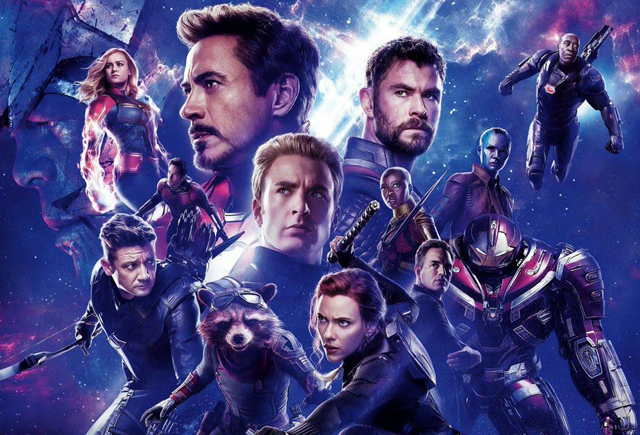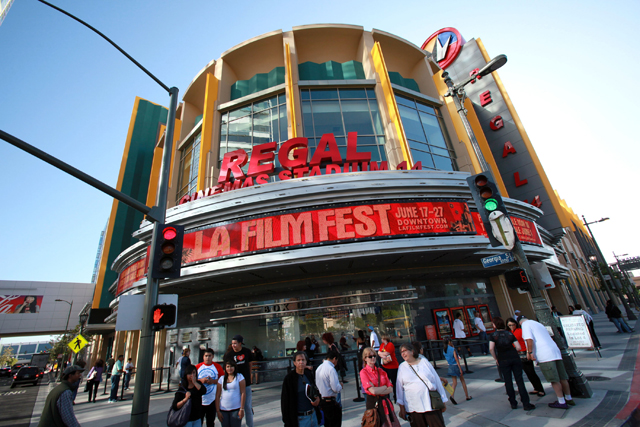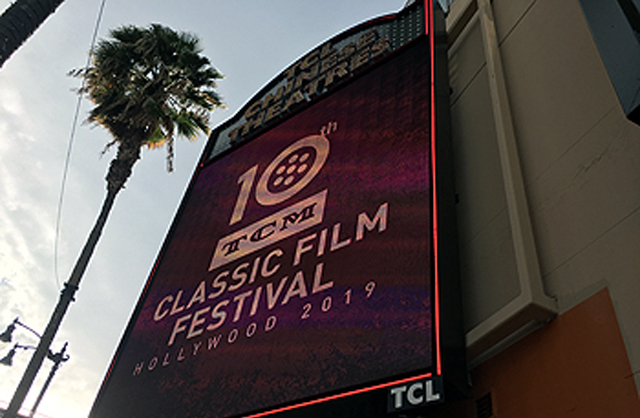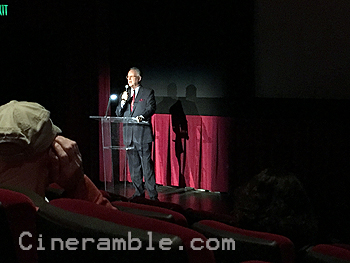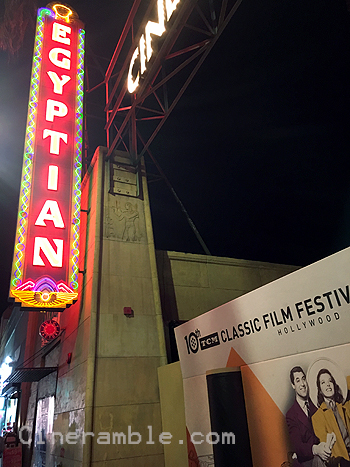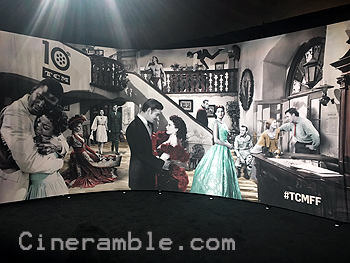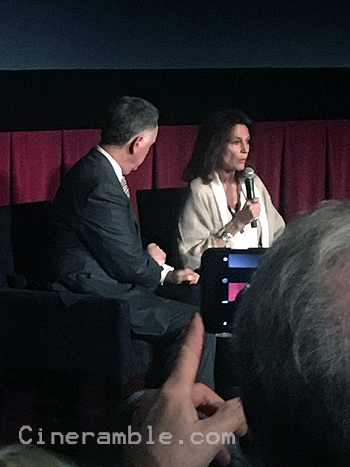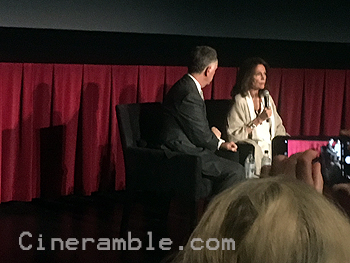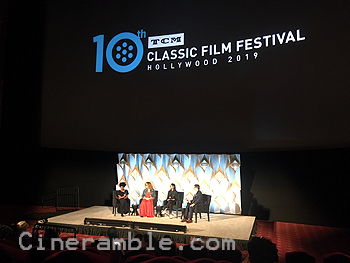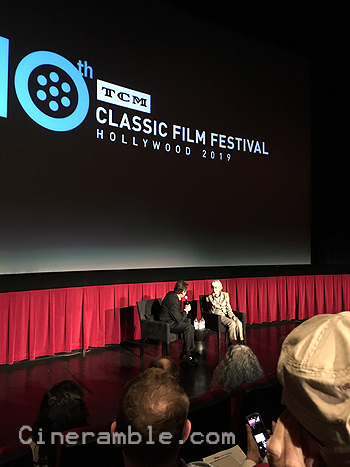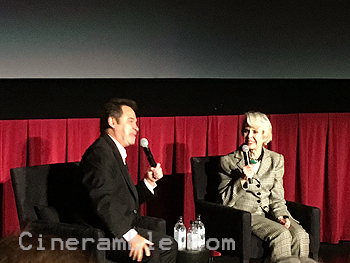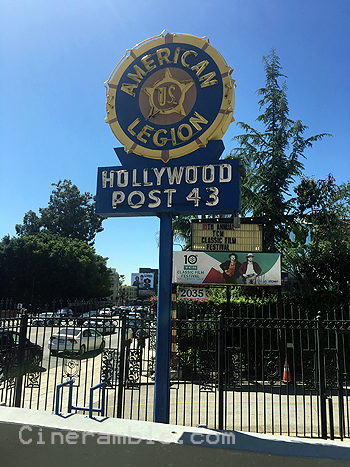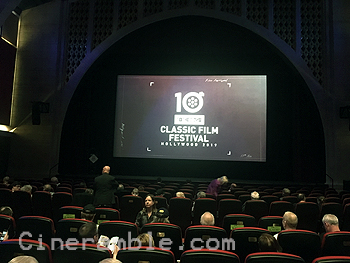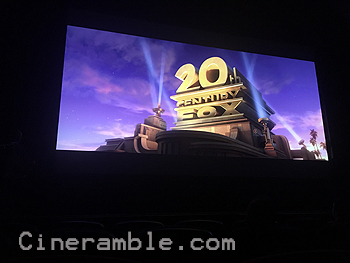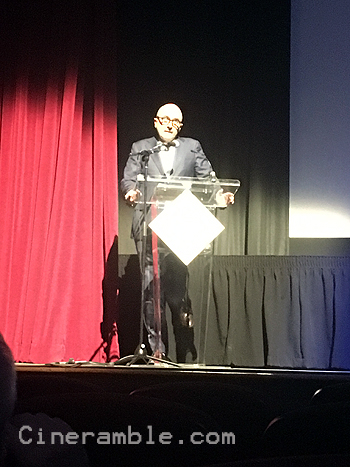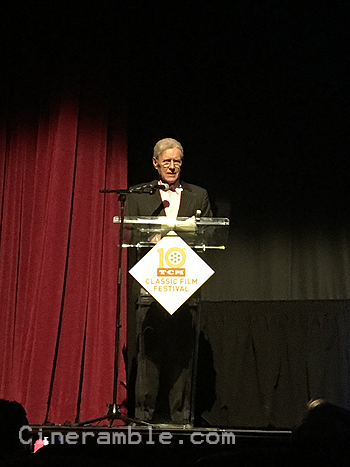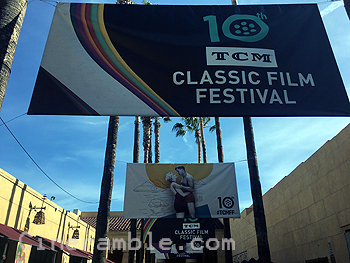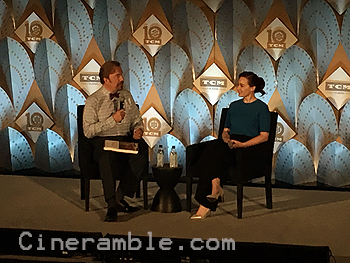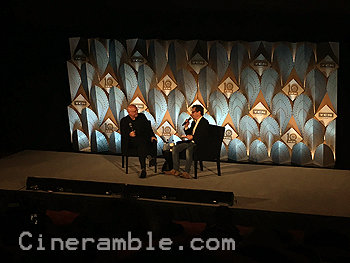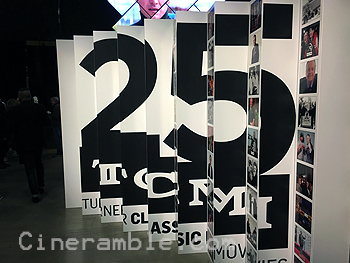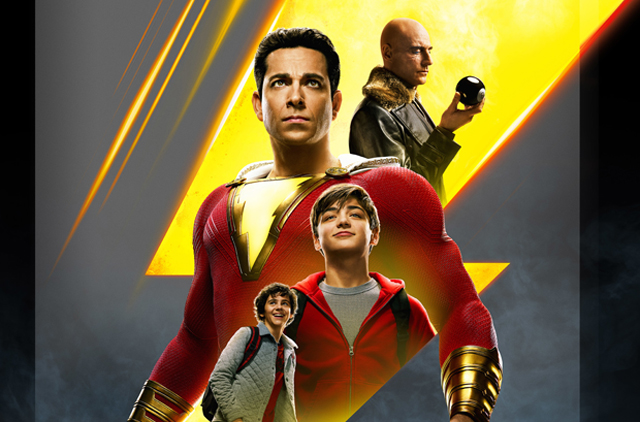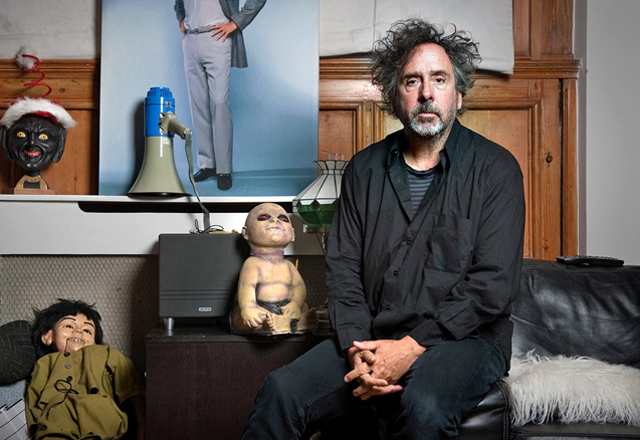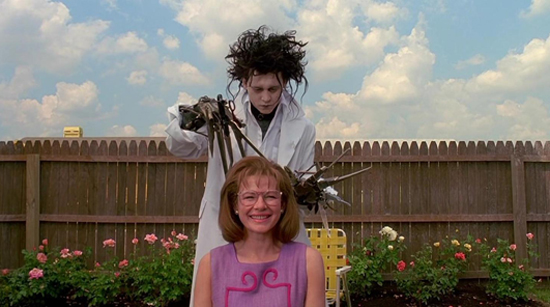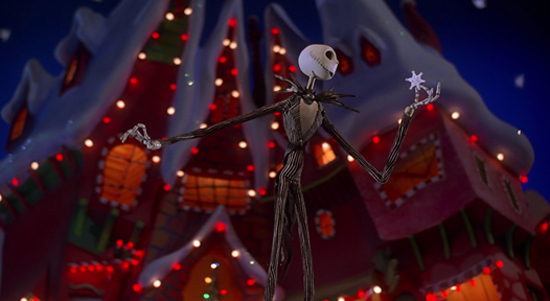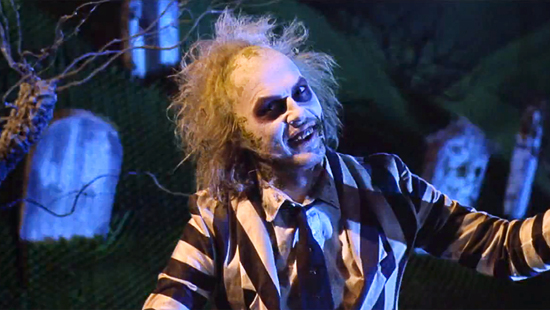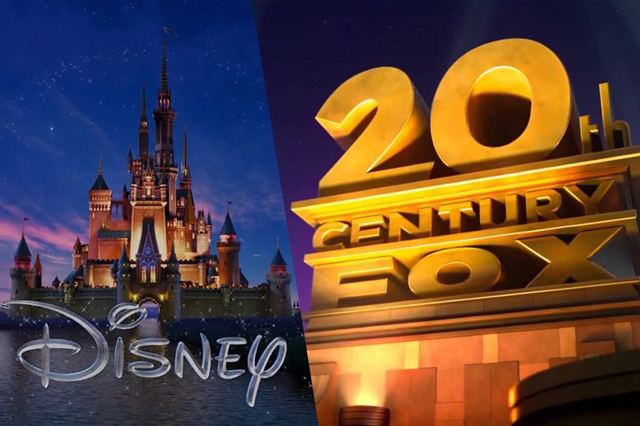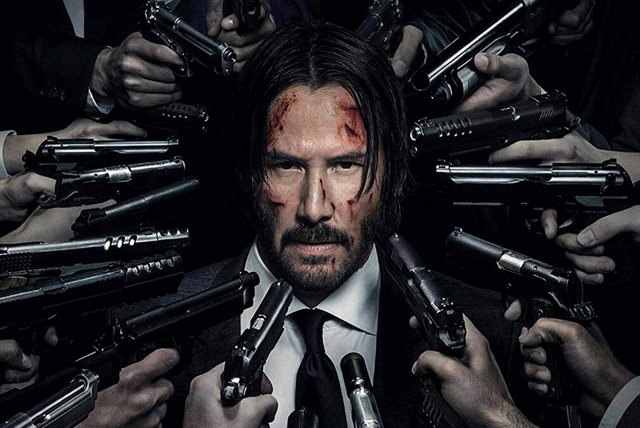
The action movie genre goes through peaks and valleys quite constantly every few years. Often times, audiences are treated to a whole bunch of movies that are standard generic fare that grows tiresome after a while. And then you have those new fresh take features that act like a breath of fresh air and completely change the game, and sometimes end up changing the genre as a whole as a result. Think of something like Die Hard (1988), which completely revolutionized the action movie genre, which up to that time in the 80’s had been dominated by muscle-bound types like Arnold Schwarzenegger and Sylvester Stallone. In their place we got Bruce Willis, who looks more like the average man and was also portrayed as vulnerable as less bulletproof as his predecessors. Audiences gravitated to this new type of action hero, because he was more grounded, funny, and relatable, and this example helped to set the standard for years to come. Of course, as tastes have changed among audiences, so have the ideal of the action movie hero. Today, we have in a way returned to the larger than life trope of heroes, with Super Heroes of course now dominating worldwide box office. But, not every hero wears a cape, and some of the most successful action movie stars have been the ones who have shown an incredible ability to transition perfectly based on the changing ideals of the time. Strangely, whenever the action movie suddenly shifts gears, actor Keanu Reeves always seems to be there at the right time when it does. He made his own debut into the action genre with his own take on the Die Hard formula with Speed (1995), and then a few short years later, he made a huge impact by appearing in the groundbreaking sci-fi action flick, The Matrix (1999). Keanu, to everyone’s surprise, has found his niche in the action movie genre, and continues to remain a popular fixture there, which he has further solidified with his recent involvement in the John Wick series.
Up until the first John Wick in 2014, Keanu Reeves was in a bit of a box office slump, struggling to find that follow up after the end of the Matrix trilogy. His salvation, however, didn’t come from a golden opportunity that fell into his lap, but rather it came from a collaborative venture from two of his friends from the Matrix set who had a daring movie idea they wanted to pitch as a possible starring vehicle for Mr. Reeves. That movie would of course be John Wick, which is a story about the world’s greatest assassin, with a legendary history, who tries to get out of the business only to be forced back in once a few thug do the unthinkable; they kill the puppy that his deceased wife gifted to him. The movie was the brainchild of David Leitch (who was a stunt coordinator on The Matrix films) and Chad Stahelski (who was Keanu’s stunt double for many years, including on The Matrix), and their idea was to do an action thriller with the complex fight choreography of The Matrix, but with only minimal CGI manipulation. It was essentially supposed to be a showcase for pure, physical stunt work on a level we haven’t seen before, and they clearly had no one else in mind for the role other than Keanu Reeves. It should be noted that Keanu is 54 years old as of this writing, and even though he’s in good physical shape for someone of that age, it’s still a risky thing to ask someone in those advanced years to do the heavy stunt work required without a double that a movie like John Wick requires. But, remarkably enough, Keanu managed to pull it off and Wick became his first breakthrough hit in years. It proved so effective that it’s since spawned two sequels, and has introduced something that you would have never expected in a movie series like this; world building. Chapter 2 (2017) revealed to audiences a whole underworld that Mr. Wick is a part of, and the layers go even deeper in the recent Chapter 3. The only question is, have the filmmakers strayed too far away from the formula that the series is starting to fall apart, or did they manage to build an even more fascinating mythos that further illuminates the legend of John Wick; the boogeyman you call to kill the boogeyman.
The subtitle of John Wick: Chapter 3 is Parabellum, which is Latin for “Prepare for War.” And that’s exactly where the movie picks up in it’s opening minutes. The film picks up immediately after the events of Chapter 2, with John Wick on the run, trying to beat the clock before all hell breaks loose. At the end of the last movie, John Wick (Keanu Reeve) broke a cardinal law in the underworld society that he serves; he shed blood within the walls of the Continental Hotel of New York City, which is a protected neutral safe haven where absolutely no killing must take place. Because he committed this taboo, by shooting the film’s villain in cold blood while he was under the protection of the Continental, Wick must be labeled Excommunicado by the governing body of this assassin society known only as the High Table. Now, John Wick is fair game for all the undercover assassins all over the world, with an enormous bounty placed on his head. The Continental’s manager, Winston (Ian McShane), who considers John a friend, gives him a one hour head start before dropping the hammer, and then John is on his own. He does, however, have a couple cards still to play. One is to call upon the help of a figure from his past, a person known as The Director (Angelica Huston) who can grant him passage, and the other is to call in his one final favor with a former colleague named Sofia (Halle Berry) who runs the Continental in Casablanca, Morocco. With Sofia’s help, John gets his audience with someone connected with the High Table, who he hopes can lift his Excommunicado, for a price of course. Meanwhile, the High Table has sent an Adjudicator (Asia Kate Dillon) to clean up the mess John Wick has left behind, and that includes removing Winston from his position of power at the Continental, as well as punishing the Bowery King (Laurence Fishburne), the leader of an army of underworld spies dressed as homeless transients, who also sold the bullets to John Wick that he used to kill his target at the Continental. And so, John and his associates prepare for an inevitable confrontation with the ultimate power in their world, and because this is John Wick we’re talking about, a lot of bodies are about to hit the floor.
The first two John Wick movies are prime examples of how to perfectly balance action with dark comedy as well as an incredible eye for style and precision for the stunt work. It’s clear that the filmmakers put effort into making every set piece in their movies feel fresh and free from repetition. But, it’s also interesting how over the course of three movies that they’ve managed to add new layers to this narrative; almost creating a world that exists on it’s own, tied by it’s own set of rules. The first John Wick gave no indication of what was to come next, as it was just a straightforward action flick where John goes to war with a Russian mafia boss (played by the late Michael Nyqvist). Chapter 2 is where the world building really started to manifest, showing a whole network that operates behind the scenes, governing the world in which John Wick lives and operates. It really helps to have seen the first two movies before watching Chapter 3, because they all blend together, and if like me you already have done the homework beforehand, this will be an enormously enjoyable sit. The movie wastes no time in ramping up the mayhem, as it goes from one action set piece right into another. The first 20 minutes or so of this movie, where the Excommunicado goes into effect, are some of the most insane and hilariously violent action scenes that I have ever seen. Remember, John Wick killed a man in Chapter 2 with nothing but a pencil, just showing how lethal he could be. There’s no pencil deaths in this movie, but John makes use of weapons just as ridiculous. And by continuing the momentum carried over from the other movies, Chapter 3 manages to retain the sense of character that the movie clearly knows it has. The filmmakers know exactly what the audience wants and it sees no reason not to deliver on that promise. In a sense, the answer that the film gives you is that more is better, and with this film, we get everything we’ve seen before, just more so.
I do have to say that the opening act of this movie is almost too good, in a way that it kind of takes away from the rest of the movie. By immediately plunging the audience right in the middle of the mayhem, you’ve primed them for an expectation of all the crazy things that might happen next. However, once the movie gets into it’s second act, when John makes his way to Morocco, the movie begins to deflate a little bit, slowing down in order to progress the plot ahead. None of it is bad per-say, it’s just that the opening came on so strong that it’s hard to come back from that and not have the movie feel uneven. Chapter 2 had a similar problem where things also dipped a little in the second act, but in both cases, they never ruin the experience as a whole. But, given that this is the longest John Wick movie to date, you do feel the run-time a bit more due to this lull in the middle. Thankfully, things ramp up again towards the end, with more satisfying action providing a satisfying climax for this movie. The only other nitpick that I have with this movie is that by expanding the world building over the course of these movies, it almost kind of takes away from John Wick’s own personal story. We don’t see much character building for John this time around, as he remains the same all the way throughout. It’s something that’s been steadily lost over time in these movies, as the first film gave us the best window so far into the psyche of the character. The first John Wick showed a whole lot more of the cloud of pain and anquish that defined his character, which manifested because of the loss of his wife and his puppy. As he states constantly, it was more than just about the puppy, but we see less of that understanding as this series goes along. Even still, everything else has been uniformly consistent in this series, including it’s sense of humor and it’s focus on trying to one-up itself at every turn.
It cannot be understated how crucial Keanu Reeves is to the success of these movies. John Wick is, in my opinion, the greatest character that he’s ever played, and that’s largely because it’s the only character that has best played to his strengths. Keanu is an actor of extremes, meaning that he only works best when taken to the opposite ends of performance. His best work is found in him playing the part either very broadly (like Ted from Bill and Ted’s Excellent Adventure) or very stoically (like with John Wick or Neo from The Matrix). He never works well in between, which is probably why he never worked out well in other genres like romance or historical drama. With John Wick, you get the combination of all his talents; stoicism and humor, all rolled into one. He’s a man of few words, but even still those few words can be hilariously delivered and oftentimes pretty badass. It’s also astounding how much he throws himself physically into the roll too. Of course the movie gives him stunt doubles for the most dangerous moments, but for most of the movie’s run time, you can see that it is clearly him on screen, since most of the fights have to done in camera and with little editing in between. It’s almost like Keanu is trying to compete with Tom Cruise in the category of 50-plus year old actors still doing the majority of their own stunts on screen, and he’s doing an admirable job of it. The stunt team as well should be commended. Just like with the Mission Impossible series, John Wick is turning stunts into an art-form, and it really reinforces the case that there should be an Oscar category for stunts. The casting for these movies is also getting more and more impressive, with heavy hitters like Angelica Huston and Halle Berry joining the fray. Returning cast like Ian McShane and Laurence Fishburne (who also followed him here from the Matrix series) are also great to see again, especially with the latter really chewing the scenery in his brief scenes. But the real scene-stealer is an actor named Mark Dacascos, who plays a ninja named Zero, sent to kill John Wick by the Adjudicator. His character is not only an interesting foil for John Wick, but it’s later revealed that he’s also a fan, which makes for a real interesting character interaction. A great movie character is only as strong as the ones he shares the screen with, and this film gives you plenty to enjoy.
The one thing that I will say this movie improves over it’s predecessors is it’s visuals. This is a gorgeous looking movie, with some often stunning cinematography. The opening scenes of this movie, which take place at night and in the rain feels especially inspired by the look of Ridley Scott’s Blade Runner (1982), with this beautiful neon glow casting itself over the action. The movie also makes incredible use of it’s locations as well. It’s clear that over the years, the filmmakers have been given more substantial budgets to work with, and that is apparent on screen. When John Wick goes to Morocco, the movie actually shoots on location in Morocco. We see him walking on the sand dunes like he’s Lawrence of Arabia, and it’s clear that there was no green screen involved. I also have to praise the production design of this movie as well. We see a lot more of the Continental Hotel this time around, and the architecture of the place has it’s own character that really stands out. It’s here where we see the underground society start to take shape fully, as it seems to retain an old-fashioned aesthetic that exists alongside our modern amenities. The Continental also has it’s modern touch too, with a stunning room made of glass becoming a central setting for the film’s climax. It’s amazing to see the filmmakers refining and improving on their craft over the course of these movies, as the visuals are becoming bolder and more ambitious. The first John Wick, though still visually inventive, was constrained by it’s smaller budget. Thankfully, these guys do not waste the extra resources they’ve been allowed to use, as Chapter 3 represents their boldest artistic statement yet. It’ll be interesting to see how much more refined they continue to get in the future, because with this movie, they have set the bar even higher.
It’s pretty amazing that we are here celebrating an action movie series with the name of John Wick. It’s such a bland sounding name that you would think it’d be impossible to find anyone with that name intimidating. But, as these movies have shown, it’s not the name itself that makes the man a legend, but rather the man and what he does that brings legend to a name. That’s true in all things really; we’ve managed to make a movie star out of someone named Benedict Cumberbatch after all. John Wick is a action hero that stands shoulder to shoulder with the John McLanes and Rambos of the world, and maybe even puts them to shame. It’s also just incredible how resilient Keanu Reeves is as an action movie star. Just when you thought he was done, he managed find a way back to the top, and with John Wick, he may have just found his peak as a performer. The one thing I will say is that you must watch this movie with an audience. Just like with Avengers: Endgame, part of the entertainment is just in experiencing the audience reactions while watching this movie. The audience I saw it with were wincing, laughing and cheering all throughout the movie, and it felt very good to join along with them. I had a smile on my face throughout most of the movie, and I laughed out loud more than once. John Wick: Chapter 3 – Parabellum is not an absolutely perfect film, but it is an enormously satisfying bit of escapist entertainment. Anyone who has been eagerly anticipating the next chapter of this series will not be disappointed. The only question is how many more foolish assassins will have to die before the message becomes clear; don’t mess with John Wick, or his dog.
Rating: 8/10
